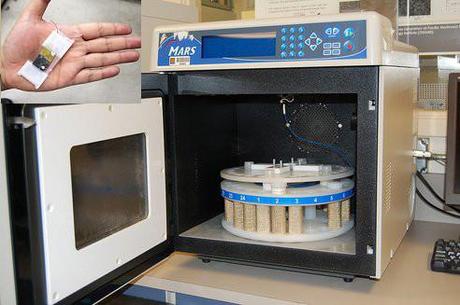
Most people use the microwave oven to heat up food on the go at home or in the office. But this is not what metallurgical engineers Prashant Sarswat and Michael Free at the University of Utah where thinking when they developed a technique to produce a nanocrystal semiconductor called CZTS for solar cells.
They published their findings in the journal 'Crystal Growth'. The microwave works by bombarding the food being heated with electromagnetic radiation -- this causes polarized molecules in the food to switch positions by rotating -- a process that generates energy. In order to make this CZTS, they dissolved salts of Copper, Zinc, and Tin in a working solvent before heating in the microwave. This formed an "ink" containing CZTS nanocrystals -- which can then be painted on a surface and combined with other coatings to form a solar cell. CZTS is made from cheap and less toxic materials than the norm.
The metallurgists hope their technology will help design more efficient photovoltaic solar cells and LED lights, or mechanisms to convert waste heat to electricity. "The bottom line is you can use just a simple microwave oven to make the CZTS semiconductor. Using microwaves is a fast way to make these particles that have a broad range of applications, and we hope in the next five years there will be some commercial products from this, and we are continuing to pursue applications and improvements." says Michael Free (ref).
Article Source: science direct
Edited Photo Source: treehugger
